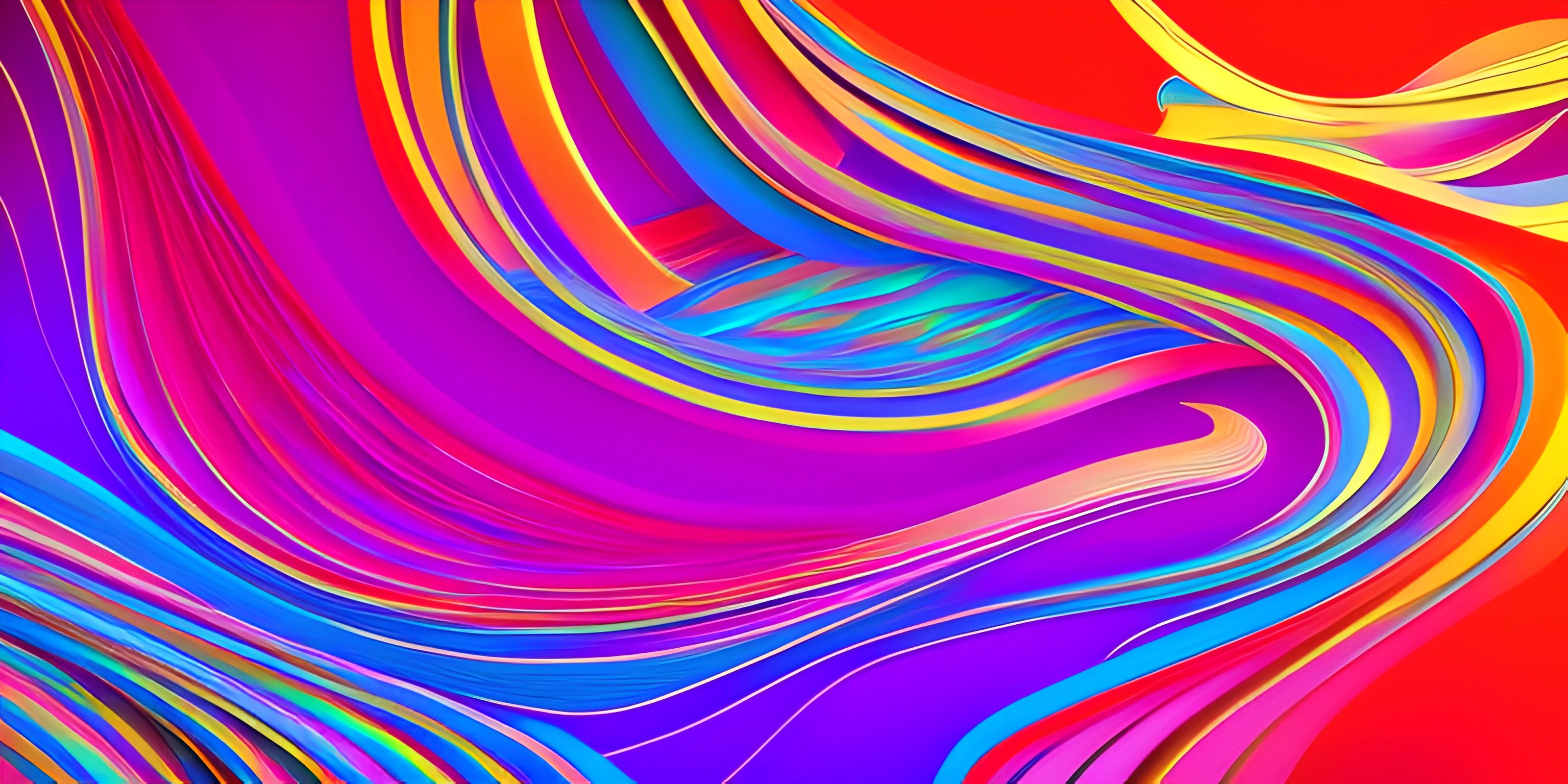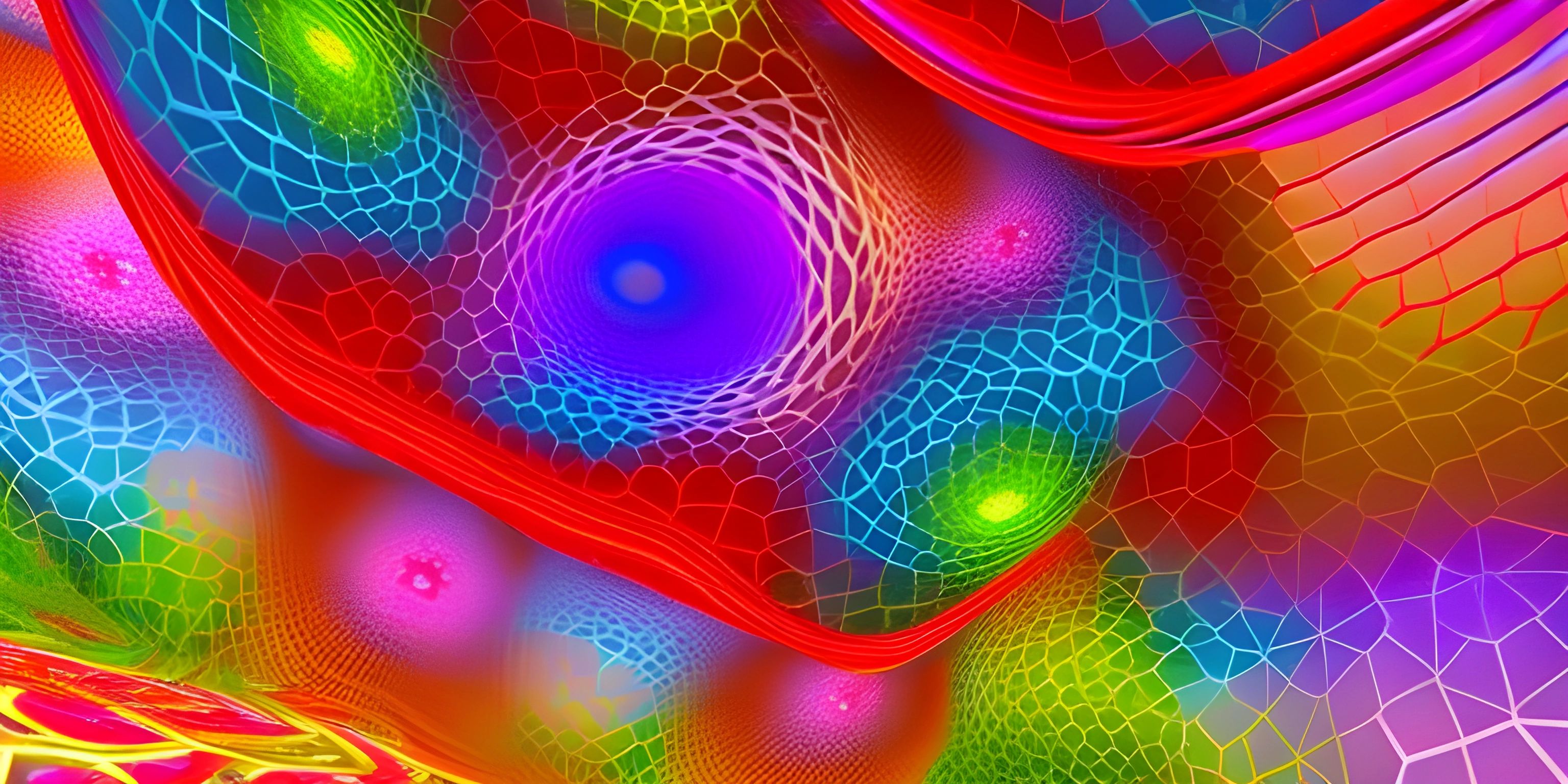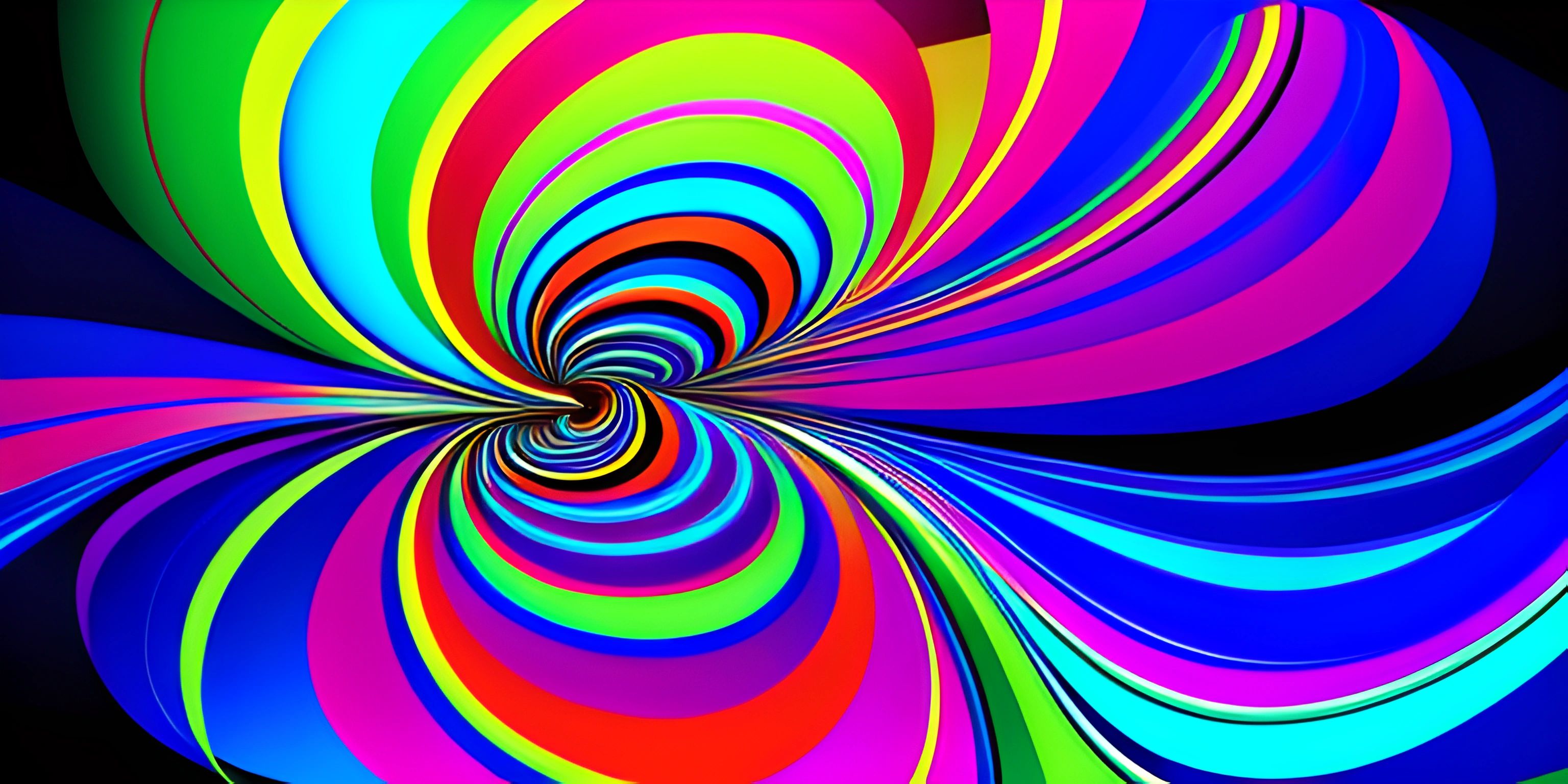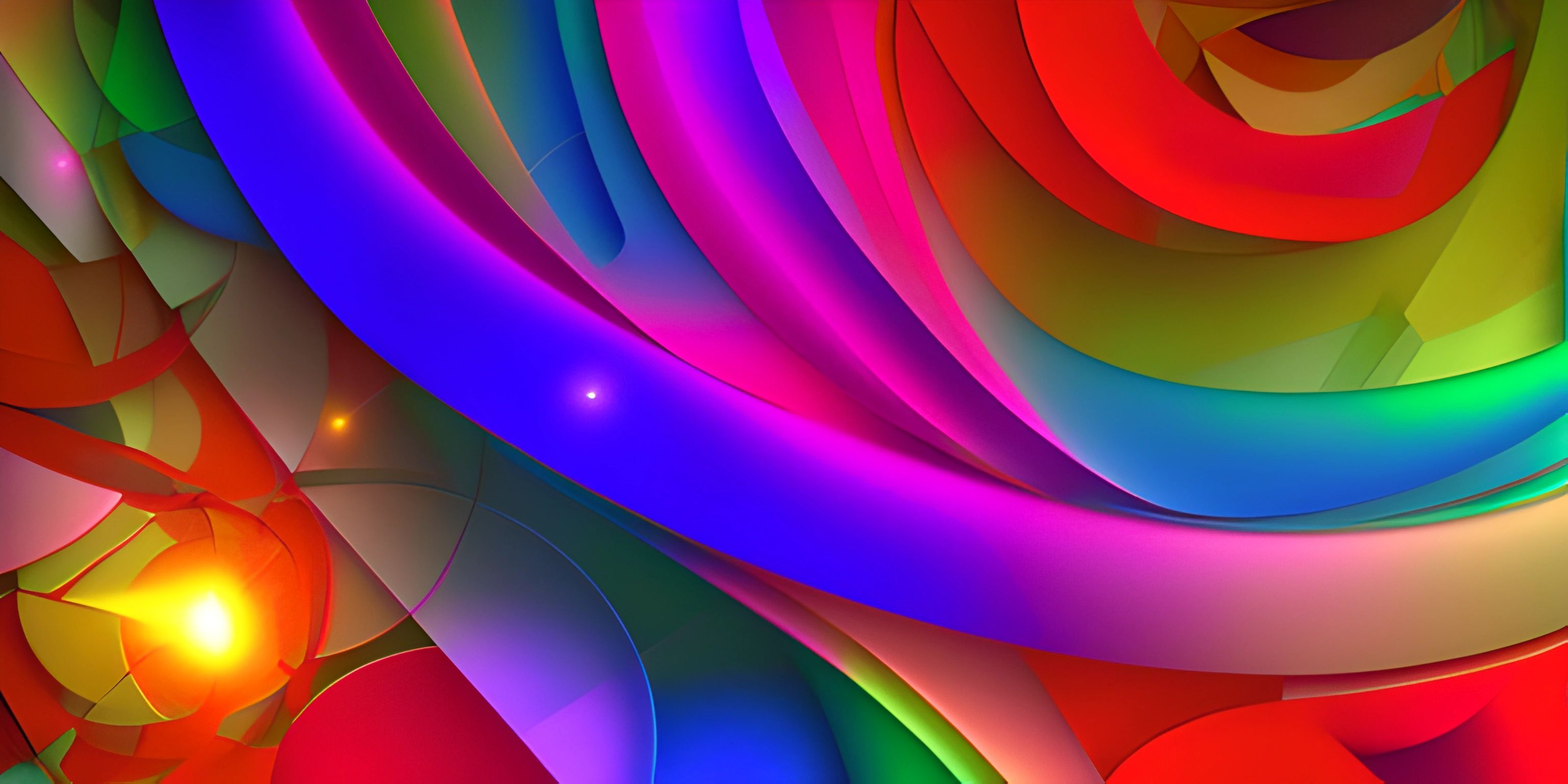Generative Art Techniques
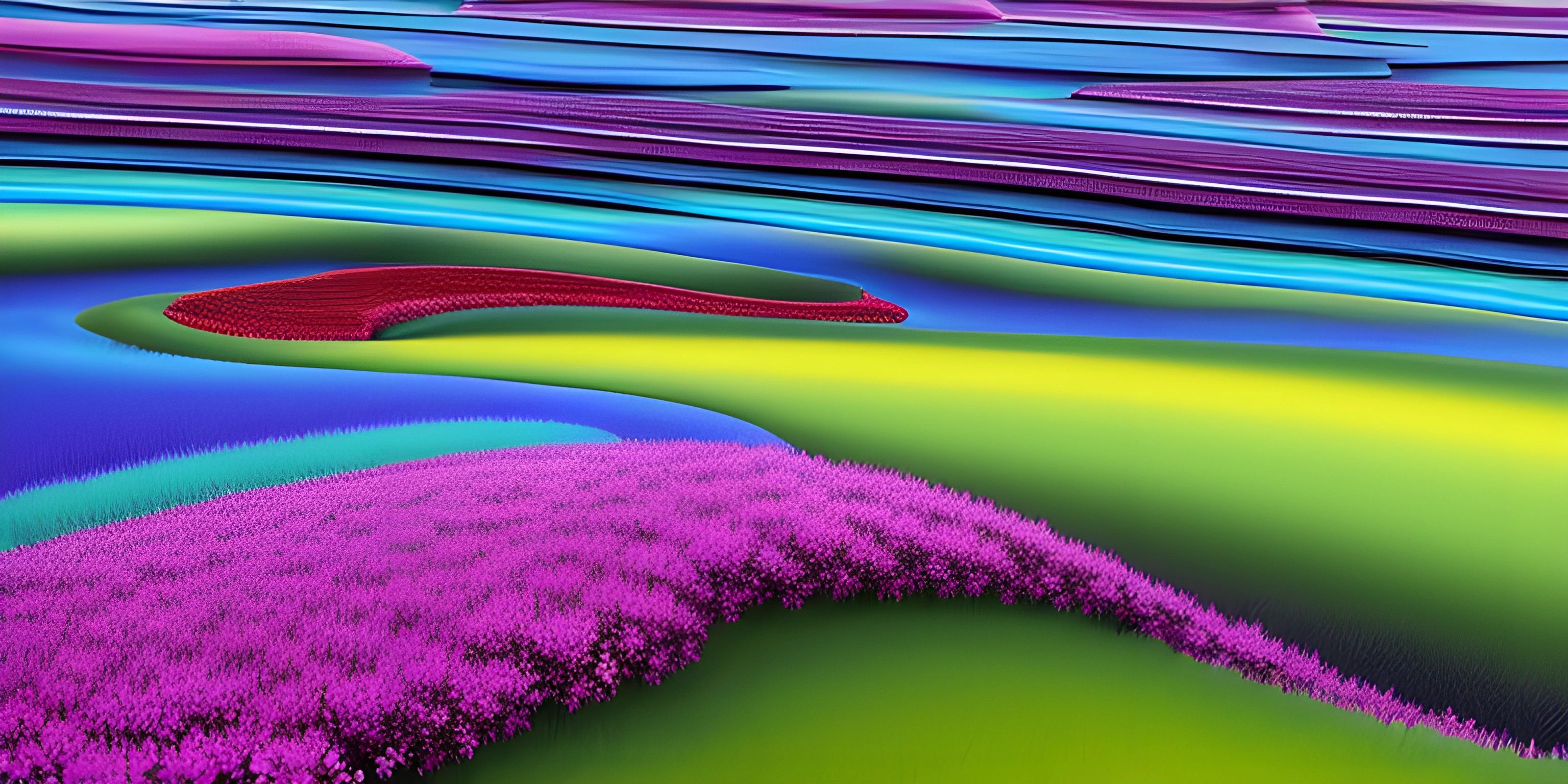
Note: this page has been created with the use of AI. Please take caution, and note that the content of this page does not necessarily reflect the opinion of Cratecode.
Generative art is a fascinating blend of art and programming, where algorithms and code are used to create visually striking pieces that can surprise even their creators. As a budding generative artist or an enthusiast, exploring various techniques will expose you to a world of creative possibilities. Let's dive into some popular generative art techniques and their applications!
Randomness
Randomness is the bread and butter of many generative art pieces. It introduces unpredictability and variation, which can lead to exciting results. By incorporating random values into your code, you can create patterns, shapes, and colors that feel organic and unique.
Perlin Noise
One of the most popular techniques for introducing randomness is Perlin noise. Perlin noise is a type of gradient noise that produces a continuous, smooth, and non-repeating pattern. It's perfect for creating natural-looking textures such as clouds, terrain, or water.
Random Walk
Another popular and simple technique is the random walk. In a random walk, a point moves in random directions at each step, creating a meandering path. You can use random walks to generate intricate and unpredictable patterns.
Fractals
Fractals are self-similar patterns that can be found throughout nature, from tree branches to snowflakes. In generative art, fractals can be used to create mesmerizing visuals with intricate details.
L-Systems
L-Systems are a formal grammar used to model the growth of plants and other recursive structures. They work by replacing symbols in a string with predefined rules, generating complex patterns from simple initial conditions. L-Systems can be used to create stunning plant-like structures, intricate patterns, and even entire landscapes.
Mandelbrot Set
The Mandelbrot Set is a famous fractal that showcases the beauty of mathematics. It's created by iterating a simple mathematical formula and mapping the results onto a 2D plane. The resulting images can be incredibly detailed, with intricate patterns and captivating colors.
Cellular Automata
Cellular automata are a type of model that simulates the behavior of cells in a grid. Each cell has a set of rules that determine its state based on the states of its neighbors. Cellular automata can be used to create a wide range of visuals, including intricate patterns, textures, and even simulations of natural phenomena such as fire or water.
Conway's Game of Life
One of the most famous cellular automata is Conway's Game of Life. It's a simple yet powerful model that can generate complex and evolving patterns from just a few initial conditions. It's often used to create mesmerizing animations and thought-provoking art pieces.
Putting It All Together
Generative art is a vast and diverse field, with countless techniques and approaches. By combining different techniques, experimenting with parameters, and embracing the unexpected, you can create stunning visuals that blur the line between art and code. So, unleash your creativity, and let the generative art journey begin!
Hey there! Want to learn more? Cratecode is an online learning platform that lets you forge your own path. Click here to check out a lesson: Making Art with Code (psst, it's free!).

